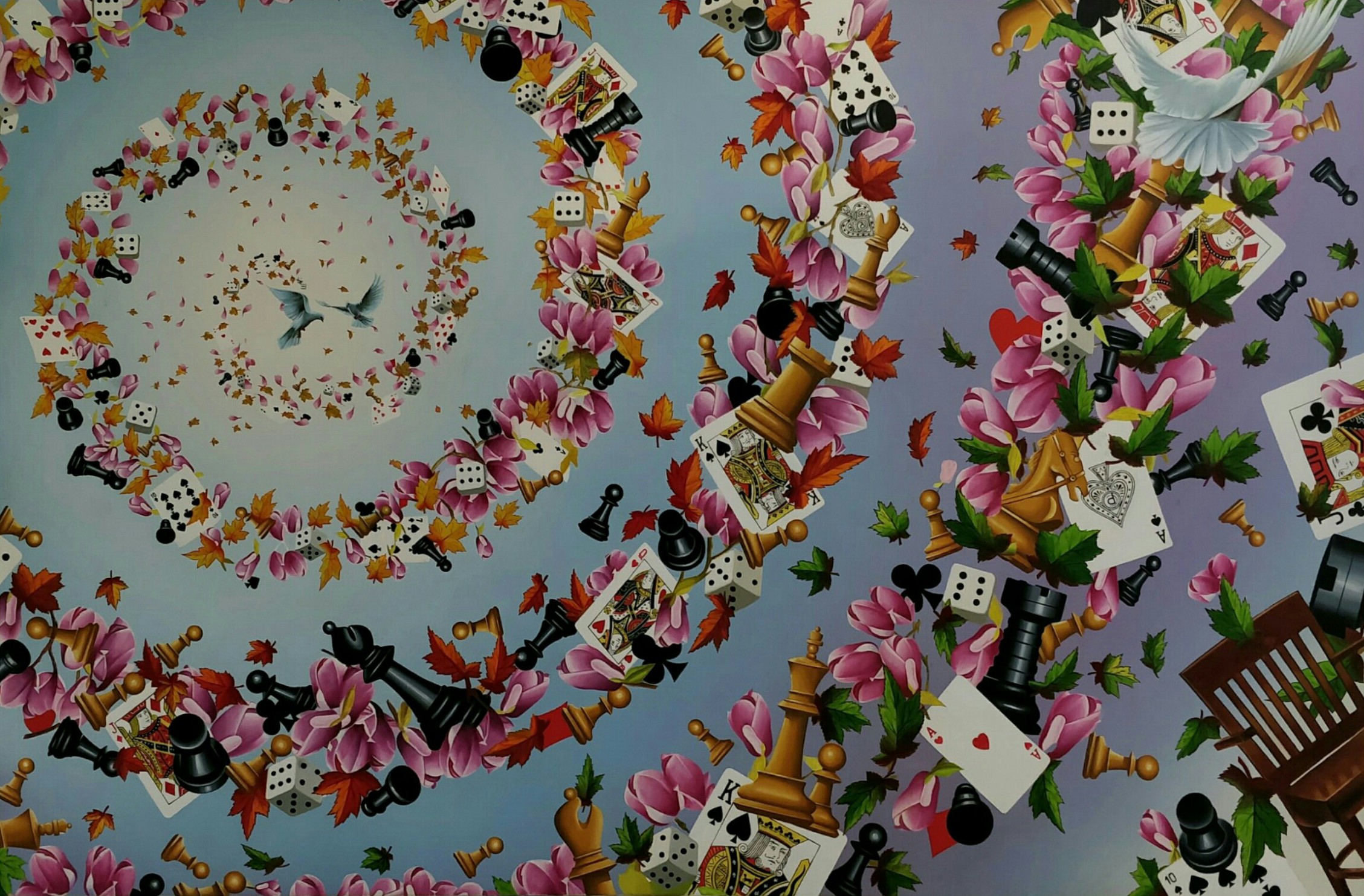The seeds of abstract art were sowed by Pablo Picasso and Georges Braque, way back in 1910, when they invented cubism together. Within the next 5 years, Piet Mondrian created pure abstract art. Other abstract art styles like constructivism and suprematism also emerged in Russia. There were glimpses of abstract art in native cultures as well. Post-impressionism, in fact, was based on native art. Impressionism did add a fresh lease of life to art, but it failed to impress painters like Van Gogh and Picasso. So post-impressionists like Van Gogh and Gauguin started painting in a very different style, expressing themselves through their inner world, their imagination, and stopped using nature as a model
Different techniques started emerging and contributed to the growth of abstract art. Braque, for instance, excelled in the technique of capturing the essence of an object by faceting an image, rather than the conventional way of appearance, leading to the appearance of cubism. Picasso's improvisation on faceting further gave prominence to a stylistic means of pure abstract art. Mondrian and Russian abstract artists took up from where Picasso left and eventually, the world was divided into two directions of abstract art - Geometric abstraction and Painterly automatism. Geometric abstraction has an inclination toward the conceptual and intellectual side of art, whereas painterly automatism is all about being spontaneous and relates to anything emotional.
PierMondrian's neo-plasticism is a striking example of geometric abstraction. He uses a style where rectangles are painted in three primary colorsred, yellow and blue. In painterly automation, painterly is the brushstroke which is unfinished but serves as a visible means of expression, whereas automatism is the more intuitive aspect of painting. Painting as applied in the abstract where the paint is applied without thinking. However, with time, abstract expressionists felt cornered by geometric and cubistic forms of abstract art. Jackson Pollock, for instance, pushed abstract expressionism toward the production of paintings without conscious control by demonstrating his paintings in a very different light. He developed a novel technique which later came to be known as the drip technique. Other interesting techniques of abstract art started developing transcending across various taste palettes Wolfgang Schulze started Tachism, a painting style consisting of wild gestures and often called action painting, a style opposed to the formalistic school of abstract art, where paint was applied freely, splashed or dripped on the canvas. Paintings categorized under contemporary art no longer draw a clear line between abstract and figurative art. Contemporary artists often merge them together and they exist side by side leaving it the viewer to interpret art in his/her own way and as they like it.

